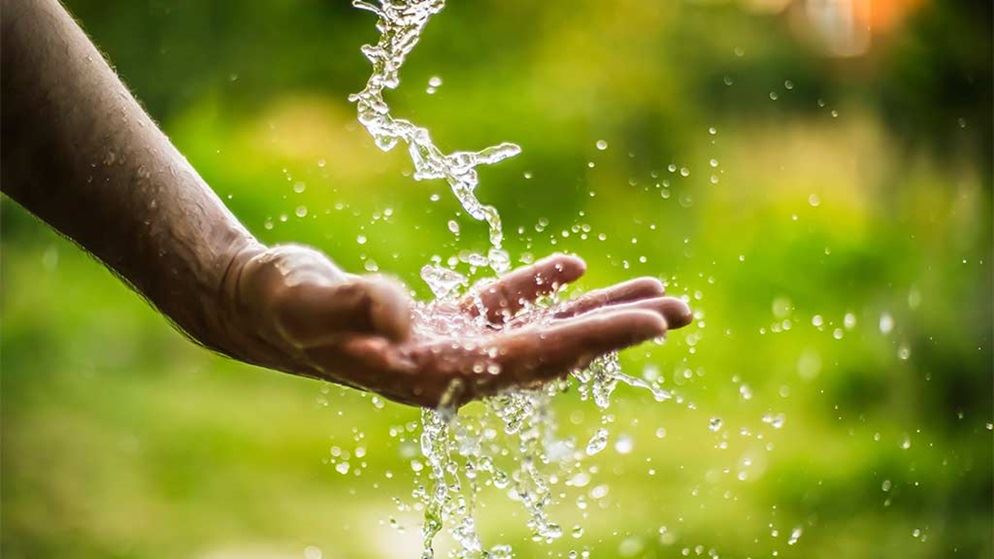Guide On Water-Saving Techniques

By making use of water-saving techniques, you can save a lot of your money. It diverts less water from our rivers, bays and estuaries which helps in keeping the environment healthy.
Moreover, it reduces water and wastewater treatment costs and the amount of energy used to treat, pump, and heat water. This lowers energy demand, which helps in preventing air pollution. It is not just the dry western areas of the country which need to be concerned with water efficiency. As our population continues to rise, the demand on precious water resources is rising as well. There are several opportunities to use household water more efficiently without reducing services. Many homes with high-efficiency plumbing fixtures and appliances save about 30% of indoor water use and yield substantial savings on water, sewer and energy bills. Here are some of the water-saving techniques available in the market:

Water-efficient showerheads: These showerheads use technology that can produce water flows that feel far higher than they actually are. It is an easy way to save both water and energy. They are most effective on power and mixer showers with a high flow rate. However, one should not attach a low flow showerhead to an electric shower as this could cause possible damage to your shower unit. Standard showerheads use 2.5 gallons of water or more each minute they are used. On the other hand, high efficiency showerheads can use up to 50% less water than standard showerheads.
Reduced-capacity baths: A standard bath has a capacity of around 80 litres. So, even when it is less than half full it consumes a lot of water. If you are buying a new bath, look for the one with a lower capacity. You can thus save water and money by taking a quick shower instead of a bath.
Water-efficient appliances: If you are looking to replace water-using appliances such as dishwashers or washing machines, then look for products with the Water Efficient Product Label as these products can help you to save water, energy and money.
Lower flow taps: Taps with a low flow rate can be fitted to bathroom and kitchen sinks. Click point taps are better for kitchen sink taps, while aerated or regulated flow taps are more suitable for a bathroom sink.

Flow tap aerators and regulators: If you are not interested in replacing taps or shower units, you can still save water by fitting flow regulators to showers and aerators to taps. Aerators are the screw-on tip at the end of most modern faucets. These control the flow of water through your faucet by mixing air with the water as it flows through your faucet. Flow devices are easy to install. They often contain precision-made holes, filters or flow aerators to regulate the flow of water without changing how it feels to you. However, if you have an electric shower, you should not fit a flow regulator as this could cause possible damage to your shower unit.
For further information, you can call on Northumbrian Water Contact Number and get in touch with its dedicated team.
